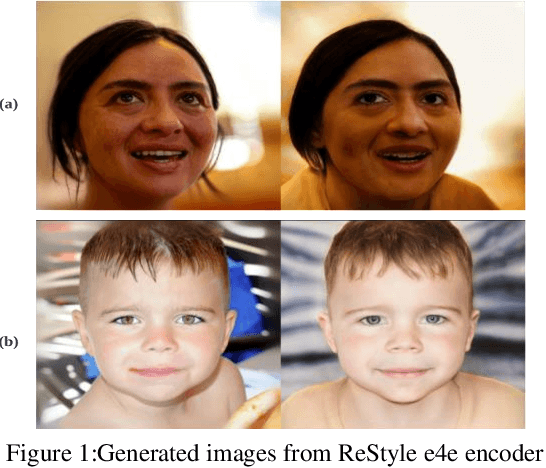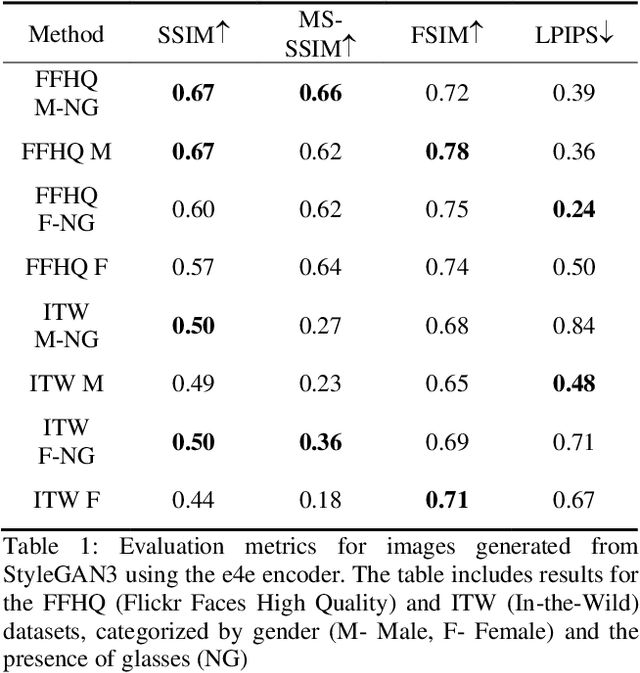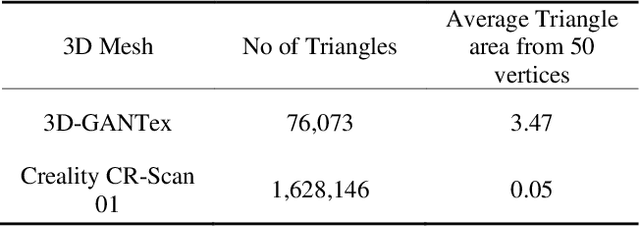Rohit Das
3D-GANTex: 3D Face Reconstruction with StyleGAN3-based Multi-View Images and 3DDFA based Mesh Generation
Oct 21, 2024



Abstract:Geometry and texture estimation from a single face image is an ill-posed problem since there is very little information to work with. The problem further escalates when the face is rotated at a different angle. This paper tries to tackle this problem by introducing a novel method for texture estimation from a single image by first using StyleGAN and 3D Morphable Models. The method begins by generating multi-view faces using the latent space of GAN. Then 3DDFA trained on 3DMM estimates a 3D face mesh as well as a high-resolution texture map that is consistent with the estimated face shape. The result shows that the generated mesh is of high quality with near to accurate texture representation.
ABKD: Graph Neural Network Compression with Attention-Based Knowledge Distillation
Oct 24, 2023



Abstract:Graph Neural Networks (GNNs) have proven to be quite versatile for a variety of applications, including recommendation systems, fake news detection, drug discovery, and even computer vision. Due to the expanding size of graph-structured data, GNN models have also increased in complexity, leading to substantial latency issues. This is primarily attributed to the irregular structure of graph data and its access pattern into memory. The natural solution to reduce latency is to compress large GNNs into small GNNs. One way to do this is via knowledge distillation (KD). However, most KD approaches for GNNs only consider the outputs of the last layers and do not consider the outputs of the intermediate layers of the GNNs; these layers may contain important inductive biases indicated by the graph structure. To address this shortcoming, we propose a novel KD approach to GNN compression that we call Attention-Based Knowledge Distillation (ABKD). ABKD is a KD approach that uses attention to identify important intermediate teacher-student layer pairs and focuses on aligning their outputs. ABKD enables higher compression of GNNs with a smaller accuracy dropoff compared to existing KD approaches. On average, we achieve a 1.79% increase in accuracy with a 32.3x compression ratio on OGBN-Mag, a large graph dataset, compared to state-of-the-art approaches.
 Add to Chrome
Add to Chrome Add to Firefox
Add to Firefox Add to Edge
Add to Edge